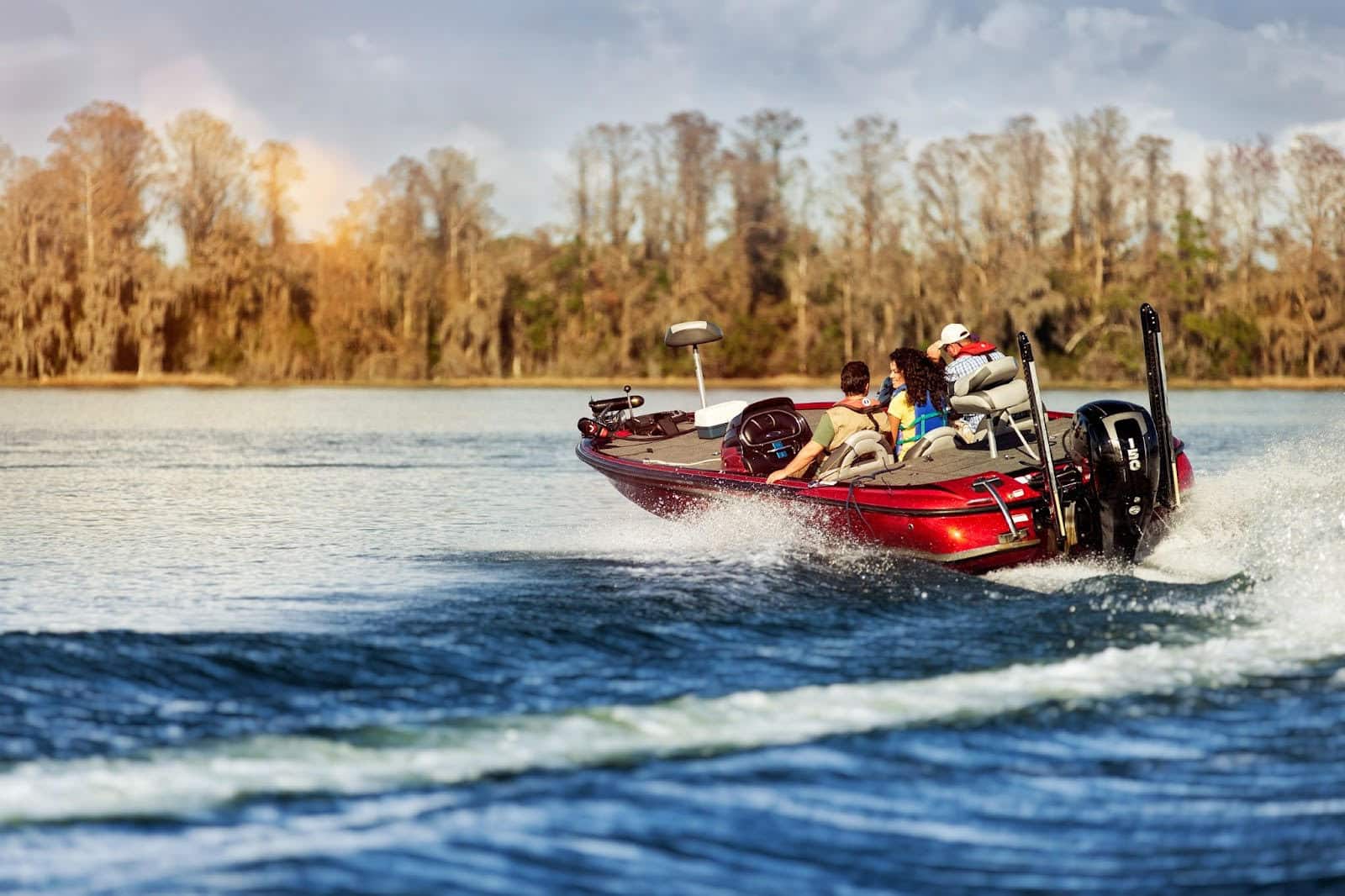Retired AGFC biologist ready for quail season
BY agfc
ON 09-05-2018

Sept. 5, 2018
LITTLE ROCK – The Arkansas Game and Fish Commission is deep in the throes of an all out push for northern bobwhite habitat restoration, but that doesn’t mean there are no places left in the state to pursue wild quail. In fact, according to Mike Widner, retired AGFC biologist and author of “Life with Gentleman Bob and a Few of his Kinfolk,” some good quail hunting can be had on both private and public land if a hunter is willing to put in a little extra effort.
Widner, who still keeps bird dogs and hunts when he can, and his brother Dennis, who lives in Bald Knob, have hunted birds in east-central Arkansas on both public and private land for decades. During the past eight seasons, they have averaged finding 2.6 to 5.1 coveys per hunt per year, with each hunter harvesting an average of 1.2 to 3.8 birds per hunt. Some days they may not have found a covey, but action on other hunts made up for the day spent walking. During the 2013-14 season, they managed an impressive 61 bobwhites harvested on nine hunts, all on wild birds.
These numbers rival data collected from harvests in the 1980s, when quail were much more widespread in Arkansas. What’s Widner’s key to this success? Look for the right land.
“Finding areas of native grasses, forbs, weeds and shrubs where row crop land has been taken out of production and allowed to ‘grow up,’ said Widner. “Place this next to a wide, brushy fencerow or a harvested grain field and you have the ideal mix of habitat.”
Some of Widner’s top prospects are land put into National Wildlife Refuge status over the years (around 17,000 acres on Cache River NWR), other land is in state ownership by AGFC or the Natural Heritage Commission, and some is private land where permission to hunt has been obtained.
Competing interests can hinder some of this quail-rich habitat, as much of Widner’s favorite places have been planted to hardwoods, which don’t offer the same mix of habitat types for the birds.
“Quail habitat may only last about 12 years before a young forest is established,” Widner said. “For example, Dennis hunted the periphery of Bald Knob NWR where trees had been planted and killed around 125 quail each year during the 2003-04 and 2004-05 seasons. His kill came down to about 50 birds per year after that, as young trees started to shade out quail habitat, until quail became scarce on this ground after 2010.”
Widner says continued success revolves around finding new ground to hunt as time has progressed and the land has changed.
“Luckily, new quail habitat is being created in row crop portions of the state as we speak,” Widner said. “There’s probably quail hunting opportunities in every corner of the state, it just takes some looking.”
In west Arkansas Widner points to the pine/bluestem restoration on the Ouachita National Forest and Fort Chaffee for opportunities. In north Arkansas, most quail hunting is probably going to occur to private land where habitat has been managed for quail, such as on former quail restoration areas. In south Arkansas, recently planted pine forests can offer opportunities, but proper management will greatly impact quail numbers there.
As the AGFC continues to increase northern bobwhite habitat on Arkansas’s landscape, it’s just as important to restore a key component of quail hunting – the men and women who pursue the birds and hold a passion for upland game. One of the goals of Arkansas’s Bobwhite Management Plan is to increase the number of quail hunters as quail are restored to the landscape.
Widner says some of the passion for the next generation of quail hunters may be found in participants of the AGFC’s Arkansas Youth Shooting Sports Program.
“The [Arkansas Youth Shooting Sports] program has done a tremendous job of introducing the next generation to shooting trap, which emulates quail or upland bird hunting. It’s only natural that these youth should step up to the real challenge – hunting wild quail.
“The best thing I can tell someone to do if they want to get out and quail hunt is to just go,” Widner said. “Drive some roads, find some good weedy, overgrown fields or row crops that have been taken out of production, get permission to hunt if it’s private and start walking. Even if you don’t have dogs or know someone who has them, you’ll never find good areas if you don’t put in the time to walk the ground in person. You may just be surprised at the wild quail still waiting to be found in the state.”
Widner’s book, which details his hunts, quail plans, habitat management and many other quail-related topics is available on Amazon, or from Mike for $10 (ck/mo, shipping included) at 278 Mill Pond Rd.; Conway, AR 72034.
Recent News

Watch your wake
Jul. 2, 2025
Subscribe to Our Weekly Newsletter E-mails
Don’t miss another issue. Sign up now to receive the AGFC Wildlife Weekly Newsletter in your mailbox every Wednesday afternoon (Waterfowl Reports are published weekly during waterfowl season and periodically outside the season). Fishing Reports arrive on Thursdays. Fill in the following fields and hit submit. Thanks, and welcome!

